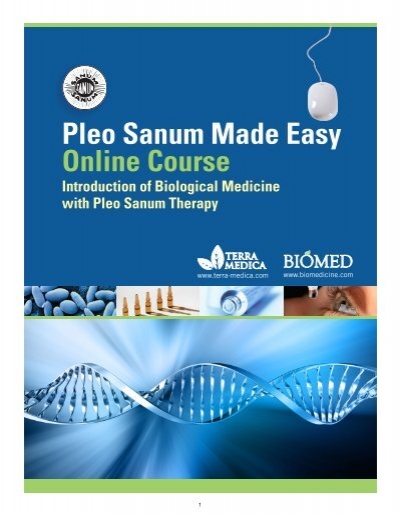LLight
Member
- Joined
- May 30, 2018
- Messages
- 1,411
I've been wondering if an interaction with molybdenum couln't be possible.
Really really unproven assumption.Effect of molybdenum on other trace elements - iodine, manganese and tungsten, arsenic and selenium
Molybdenum is an essential trace element for several enzymes important to animal and plant metabolism: mammalian xanthine oxidase/xanthine dehydrogenase, aldehyde oxidase, sulfite oxidase, formate dehydrogenase, nitrate reductase and nitrogenase.www.imoa.info
Could a molybdenum deficiency lead to a too much important uptake of iodine by the thyroid, and inversely a lack for the rest of the body?


